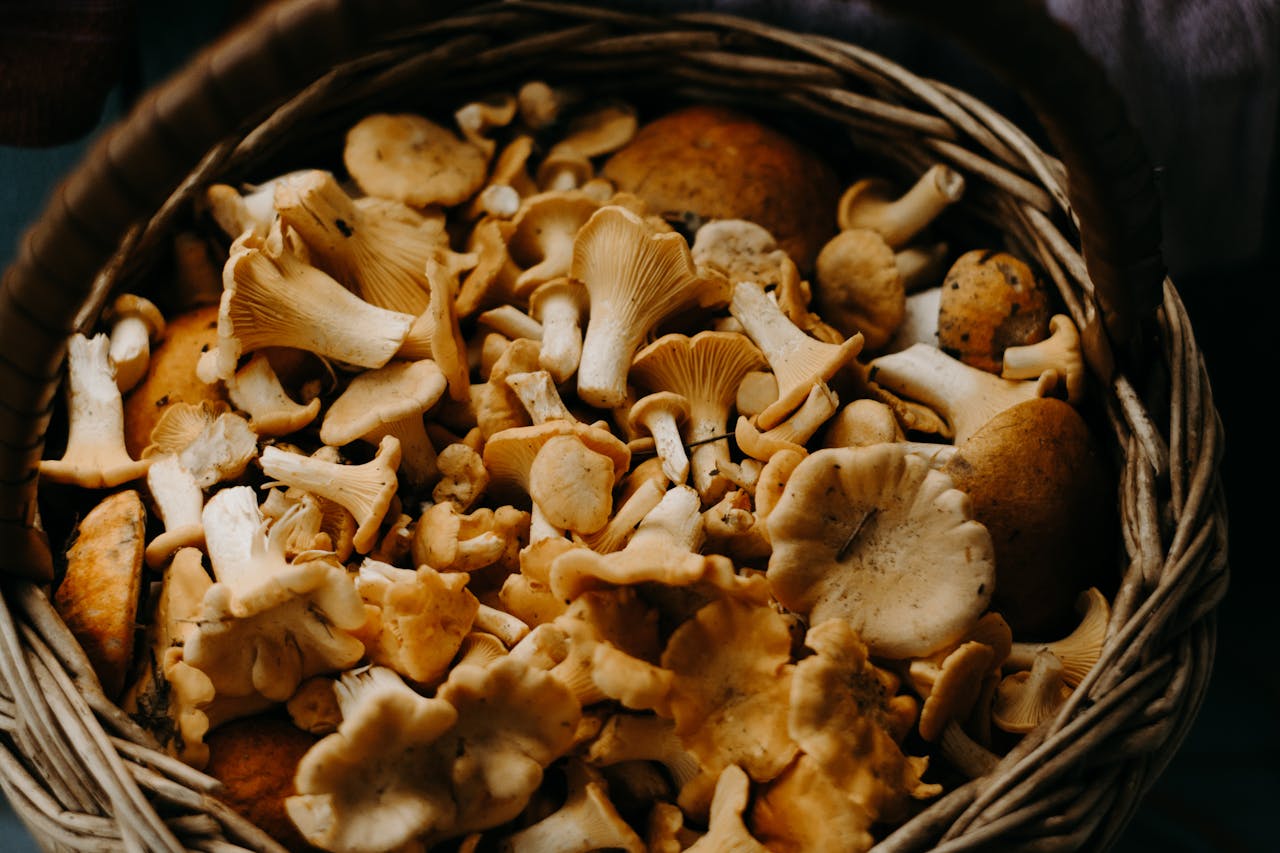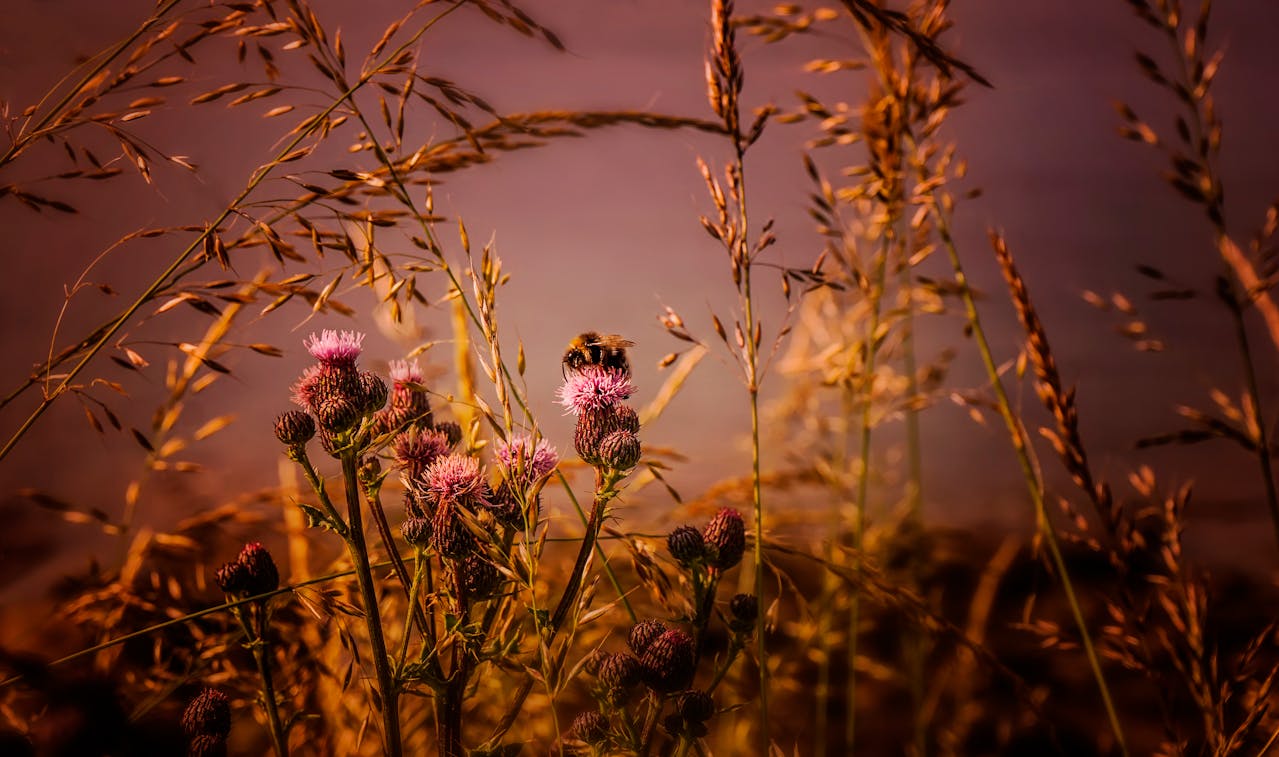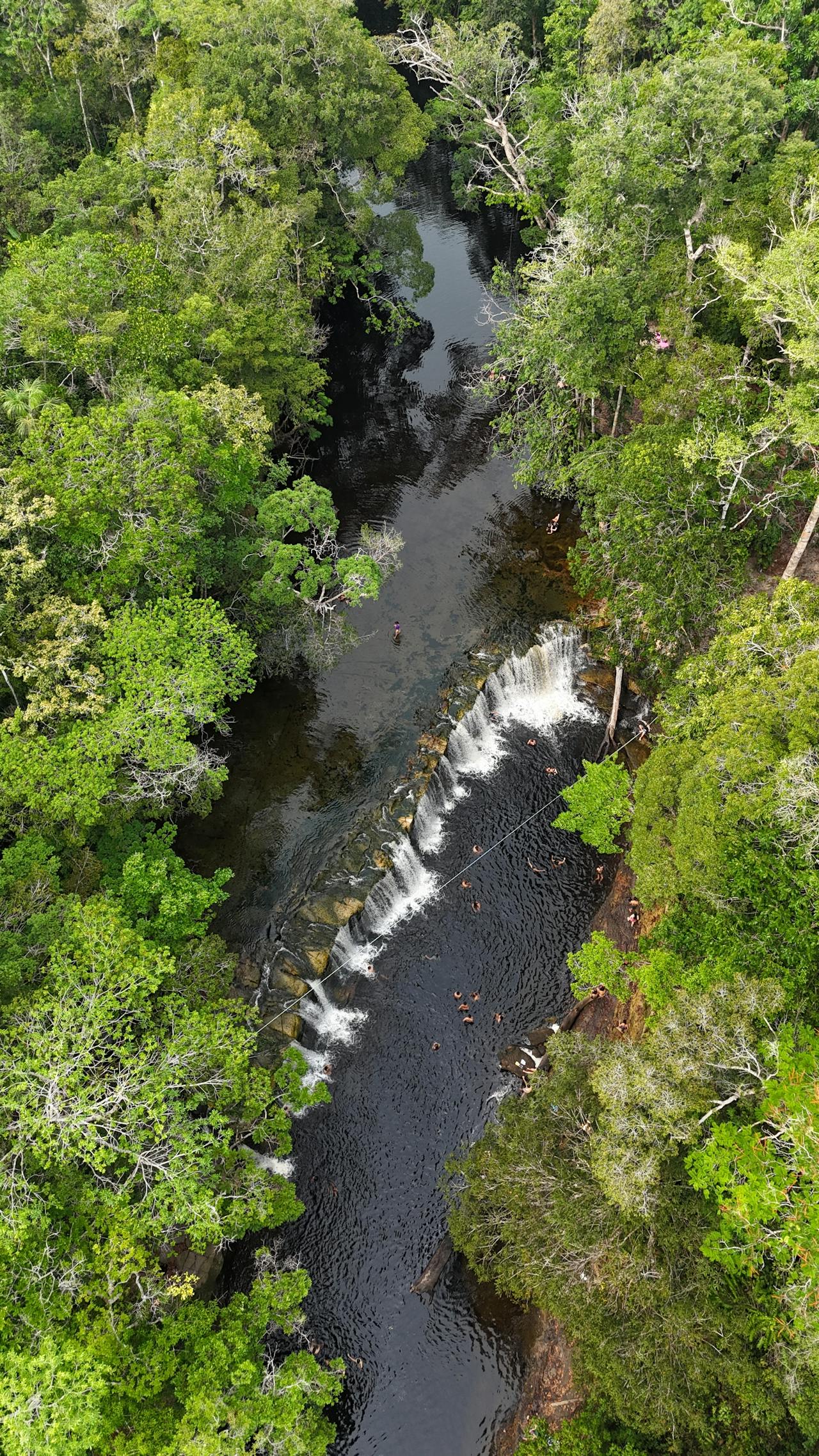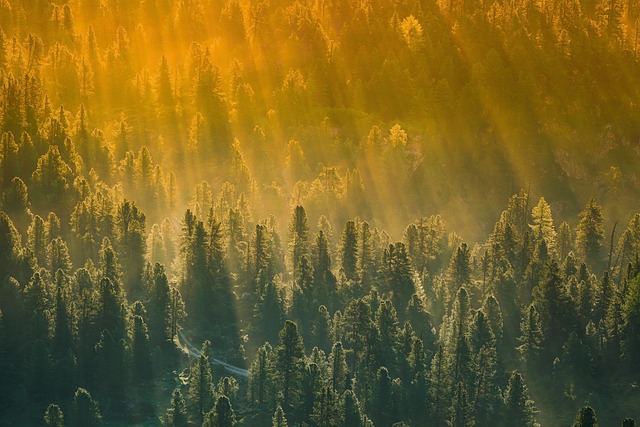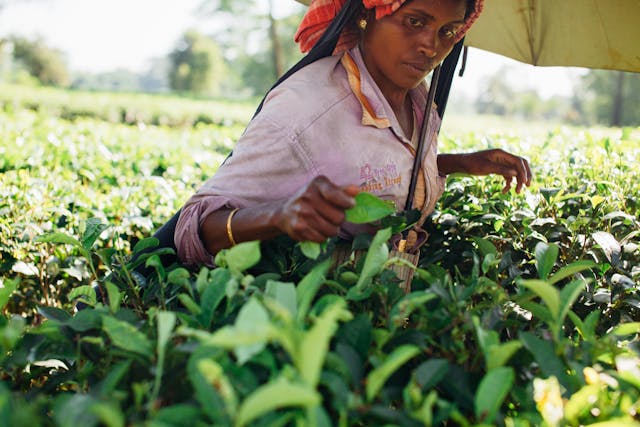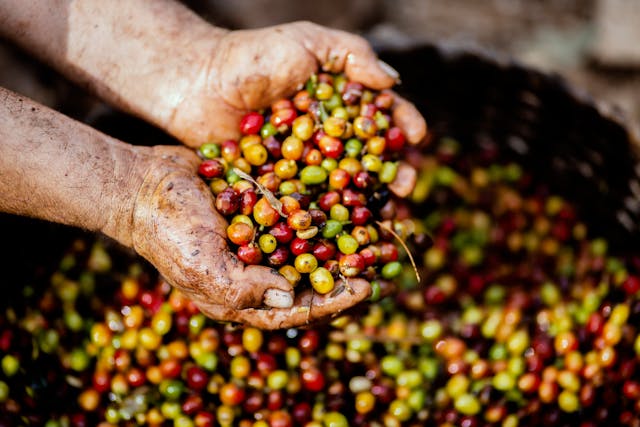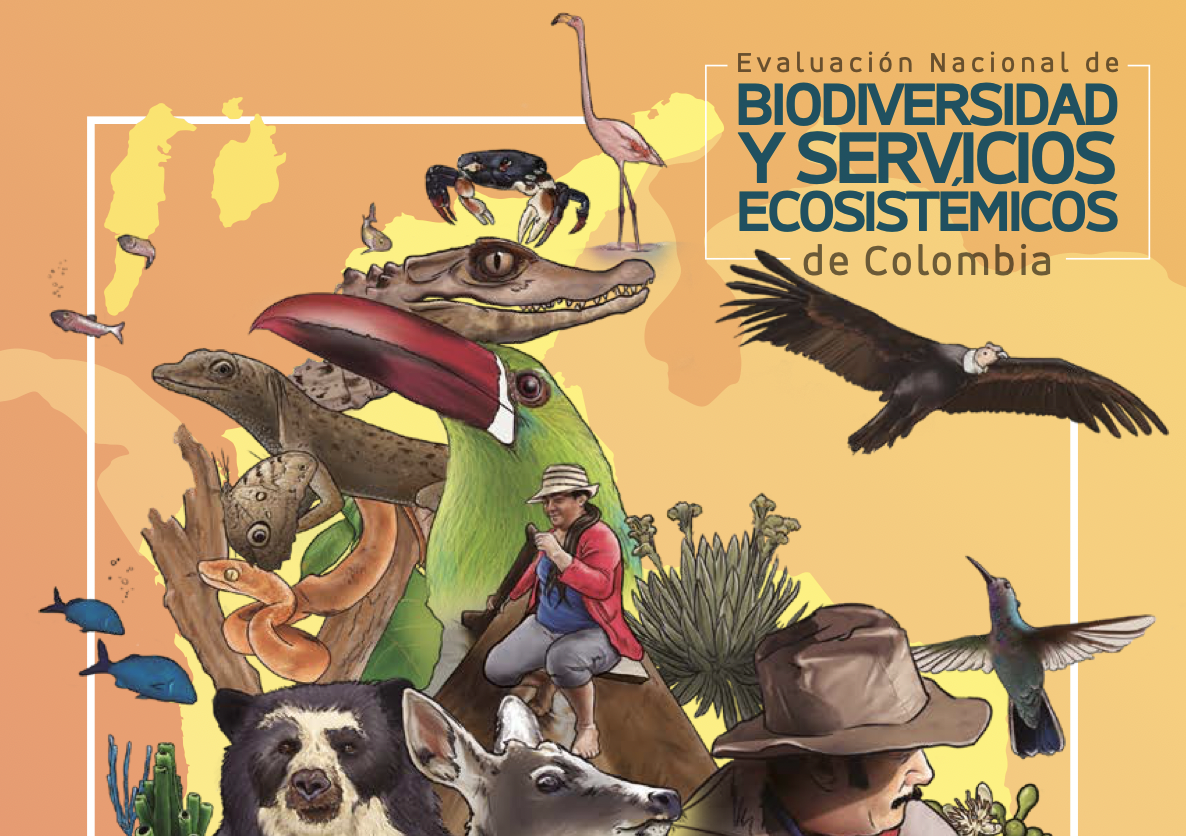A comprehensive understanding of how spatial variation across landscapes regulates local abundances and species richness also needs to consider possible temporal changes in such relationships. In many tropical areas, the contrast between dry and rainy season is pronounced and the types and distributions of the main floral resources differ (herbs vs trees). This shift in resources could result in different pollinator abundances, species richness and trait compositions between seasons, as well as in how these components are spatially distributed. We compared the bee species composition between dry and rainy season in an agricultural mosaic landscape in southwestern Ethiopia, and analyzed it in relation to forest cover. We sampled bees for 67 days in the dry season and 86 days in the rainy season with pan and vane traps in 28 homegardens covering a gradient from low to high tree cover in the surrounding area. We found a clear shift in species composition between seasons, with more small bee species and more below-ground nesting bees in the rainy season compared to the dry season. The distribution of height at which the bees were foraging shifted between seasons with a higher proportion of the bees foraging at tree level in the dry season. Bee abundance and richness were generally positively affected by higher forest cover surrounding the homegardens, but there were no clear interaction effects between seasons, in contrast to our hypothesis. The clear turnover in species composition between seasons and the positive effect of forest cover show that mechanisms acting both at spatial and temporal scales are important in regulating local bee communities.
Turnover in bee species composition and functional trait distributions between seasons in a tropical agricultural landscape
Year: 2015
























































































































































































































































































































































































































































































































